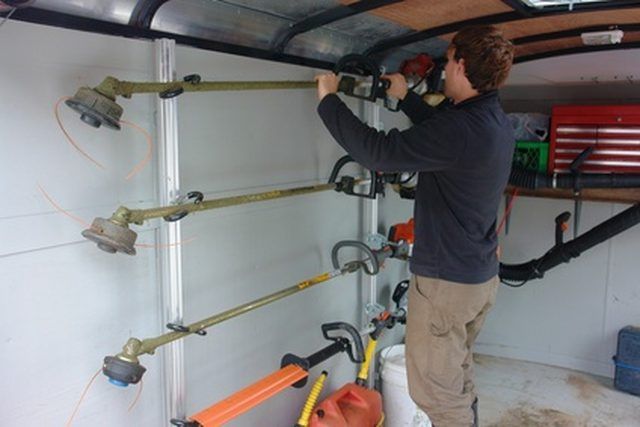Bulbs
Flower Basics
Flower Beds & Specialty Gardens
Flower Garden
Garden Furniture
Garden Gnomes
Garden Seeds
Garden Sheds
Garden Statues
Garden Tools & Supplies
Gardening Basics
Green & Organic
Groundcovers & Vines
Growing Annuals
Growing Basil
Growing Beans
Growing Berries
Growing Blueberries
Growing Cactus
Growing Corn
Growing Cotton
Growing Edibles
Growing Flowers
Growing Garlic
Growing Grapes
Growing Grass
Growing Herbs
Growing Jasmine
Growing Mint
Growing Mushrooms
Orchids
Growing Peanuts
Growing Perennials
Growing Plants
Growing Rosemary
Growing Roses
Growing Strawberries
Growing Sunflowers
Growing Thyme
Growing Tomatoes
Growing Tulips
Growing Vegetables
Herb Basics
Herb Garden
Indoor Growing
Landscaping Basics
Landscaping Patios
Landscaping Plants
Landscaping Shrubs
Landscaping Trees
Landscaping Walks & Pathways
Lawn Basics
Lawn Maintenance
Lawn Mowers
Lawn Ornaments
Lawn Planting
Lawn Tools
Outdoor Growing
Overall Landscape Planning
Pests, Weeds & Problems
Plant Basics
Rock Garden
Rose Garden
Shrubs
Soil
Specialty Gardens
Trees
Vegetable Garden
Yard Maintenance
How to Adjust the Carburetor on an Echo Line Trimmer
How to Adjust the Carburetor on an Echo Line Trimmer. When the gas and air flow through the carburetor, they need to have the precise mixture. Otherwise your engine on your Echo line trimmer will perform poorly, slowly and may not even start at all. The carburetor adjustment screws set this mixture, and these screws, located on the engine, can...

When the gas and air flow through the carburetor, they need to have the precise mixture. Otherwise your engine on your Echo line trimmer will perform poorly, slowly and may not even start at all. The carburetor adjustment screws set this mixture, and these screws, located on the engine, can vibrate loose over time. Setting these screws on a regular basis will ensure you keep the proper fuel and air mixture running through the carburetor and engine.
Things You'll Need
Small screwdriver
Idle Adjustment Screw
Pull out the air filter. Clean the filter, or replace it if it's too dirty clean. Remove the spark arrestor screen from inside the muffler, and clean or replace it as well if it's too dirty to clean.
Locate the idle adjustment screw on the rear of the engine near the spark plug.
Turn the screw clockwise to increase idle speed; turn it counterclockwise to decrease idle speed.
Watch the trimmer head to make sure it doesn't start moving while the engine is idling. If it does, back off the idle speed.
Low Speed Adjustment Screw
Start the trimmer, and let the engine warm up for a few minutes.
Locate the screw marked "L." This screw is located on the rear of the engine near the spark plug. Turn the screw clockwise so it is all the way in or seated. This is your leanest fuel setting. Turn the screw back one-quarter turn, and remember this setting.
Turn the screw counterclockwise until the engine makes a heavy bubbling noise. This is your richest fuel setting. Turn the screw back one-quarter turn, and remember this setting.
Fine-tune the screw by moving it in between the rich and lean fuel settings. Listen for the cleanest, smoothest sound from your engine. Re-tune the idle speed if necessary.
Tips & Warnings
Developing the ear to listen for the optimal carburetor settings takes practice.
It is not recommended to set the high speed adjustment screw without the proper tachometer and small engine knowledge.